The One Big Beautiful Bill Act passed, ending a saga of legislative battles that resulted in cutting federal support for renewable energy several years ahead of schedule.
“Analysis of the energy provisions predicts less electricity, lost jobs and higher prices as a result of this measure,” said Mark Drajem, senior press officer, Natural Resource Defense Council (NRDC). Drajem noted the latest from Energy Innovation, which found wholesale electricity prices would jump 61% by 2031 as a result of this measure.
While solar and wind power are set to take a hit, the case for renewable energy remains strong. A memo from NRDC reviewed five elements of U.S. renewable energy strength.
1. Renewable energy has been the fastest growing energy source
Solar, battery and wind power accounted for 93% of the electricity added to the nation’s grids last year, according to the Energy Information Administration.
“Solar and wind can be built quickly at scale. Other types of generation can take years – or even decades longer,” said NRDC. “Due to supply chain constraints, new gas turbines are not available this decade and the only new nuclear plant built in the U.S. in recent years, Plant Vogtle in Georgia, took more than a decade to build.”
2. Renewable energy is expected to be the fastest growing energy source
More than 80% of the capacity of queued projects is solar and batteries, and with wind added, 95% of queued project capacity is renewable energy, said Lawrence Berkeley National Laboratory.
This comes as electricity demand is expected to grow as much as 25% by 2030, according to consultancy firm ICF.
3. Renewable energy is the cheapest form of new-build electricity generation
Solar and wind is leading project queues because it is now cost competitive. Lazard’s analysis of levelized cost of electricity across fuel types finds that new-build utility-scale solar, even without subsidy, is less costly than new build natural gas, and competes with already-operating gas plants.
4. Renewable energy supports reliability
“No single source of electricity is perfectly reliable: gas gets diverted in winter for home heating; coal piles and gas lines freeze; nuclear plants shut down before a hurricane hits and, yes, sometimes the wind does not blow or the sun does not shine,” said NRDC. “That’s why we need a diverse and nimble power grid that can deliver power no matter what is thrown its way.”
5. Texas as a renewables case study
The Energy Information Administration finds that increasing generation from solar power projects is contributing to lower wholesale electric prices in ERCOT, the grid operator of Texas. Independent analysis found that with no growth in solar energy between 2018 and 2024, wholesale electricity prices would have been at least 40% higher.
“Solar with batteries is a key factor in keeping power prices in the Lone Star State low during last week’s heat wave: While the PJM grid saw prices spike to $3,000 per MWh, ERCOT sailed through with wind, solar and storage keeping prices at about $60 per MWh,” said Drajem.
This content is protected by copyright and may not be reused. If you want to cooperate with us and would like to reuse some of our content, please contact: editors@pv-magazine.com.
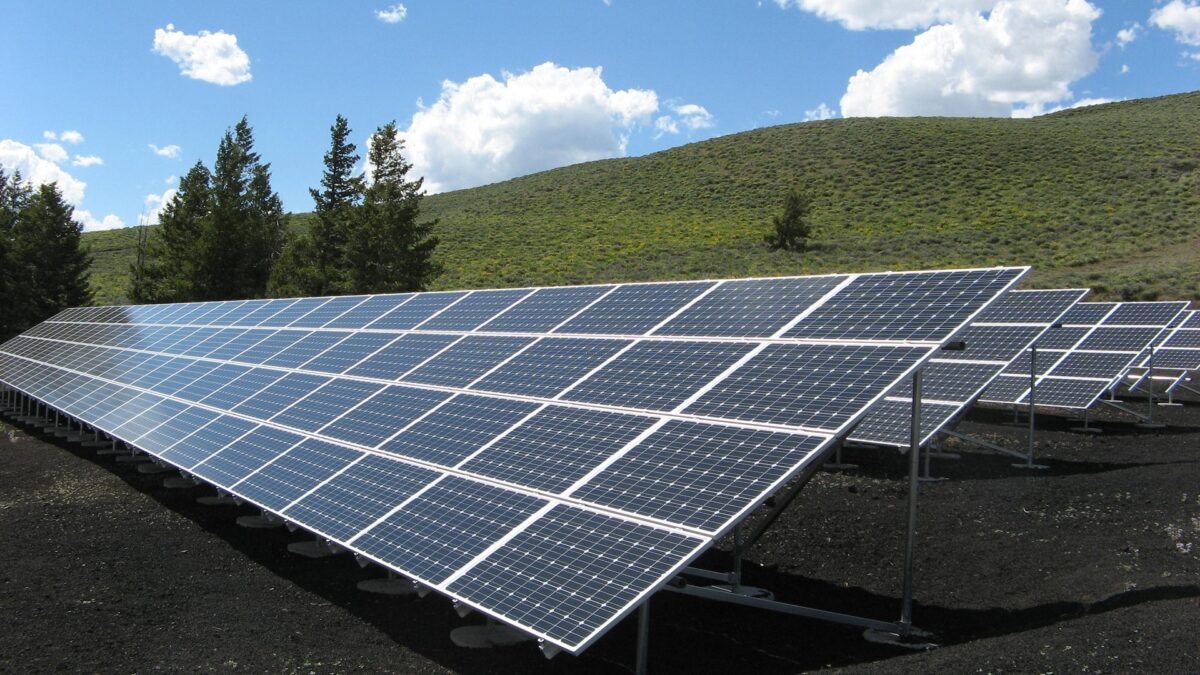




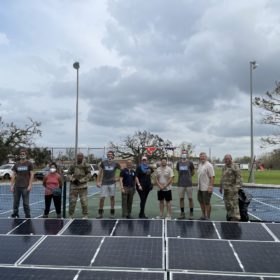
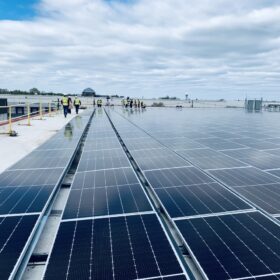
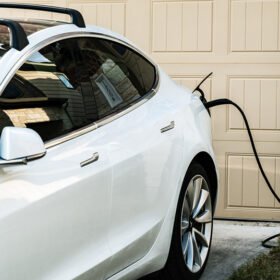
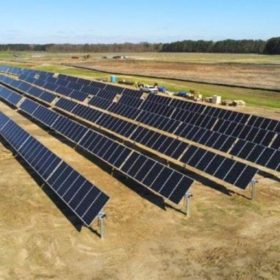
By submitting this form you agree to pv magazine using your data for the purposes of publishing your comment.
Your personal data will only be disclosed or otherwise transmitted to third parties for the purposes of spam filtering or if this is necessary for technical maintenance of the website. Any other transfer to third parties will not take place unless this is justified on the basis of applicable data protection regulations or if pv magazine is legally obliged to do so.
You may revoke this consent at any time with effect for the future, in which case your personal data will be deleted immediately. Otherwise, your data will be deleted if pv magazine has processed your request or the purpose of data storage is fulfilled.
Further information on data privacy can be found in our Data Protection Policy.